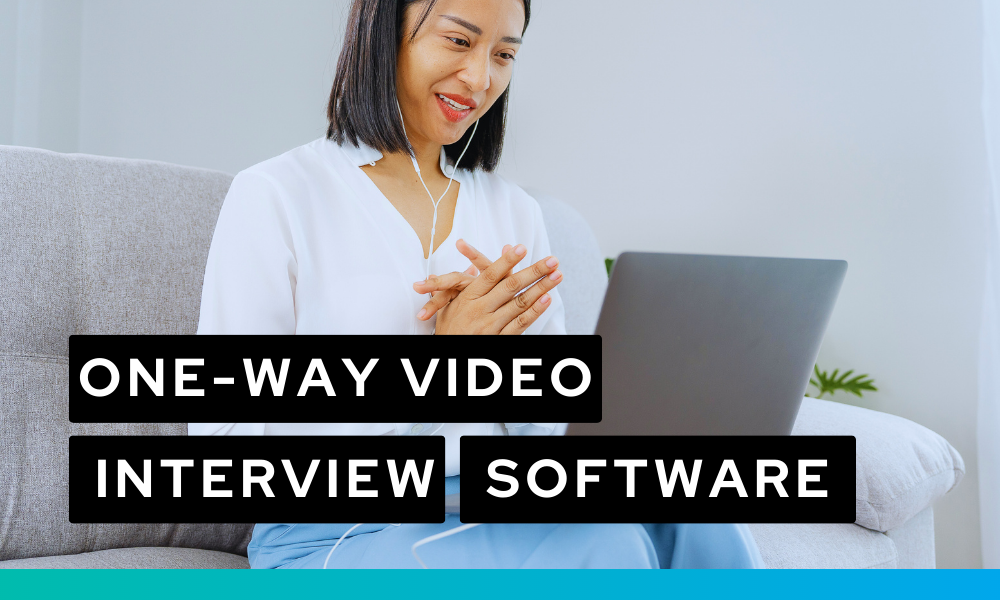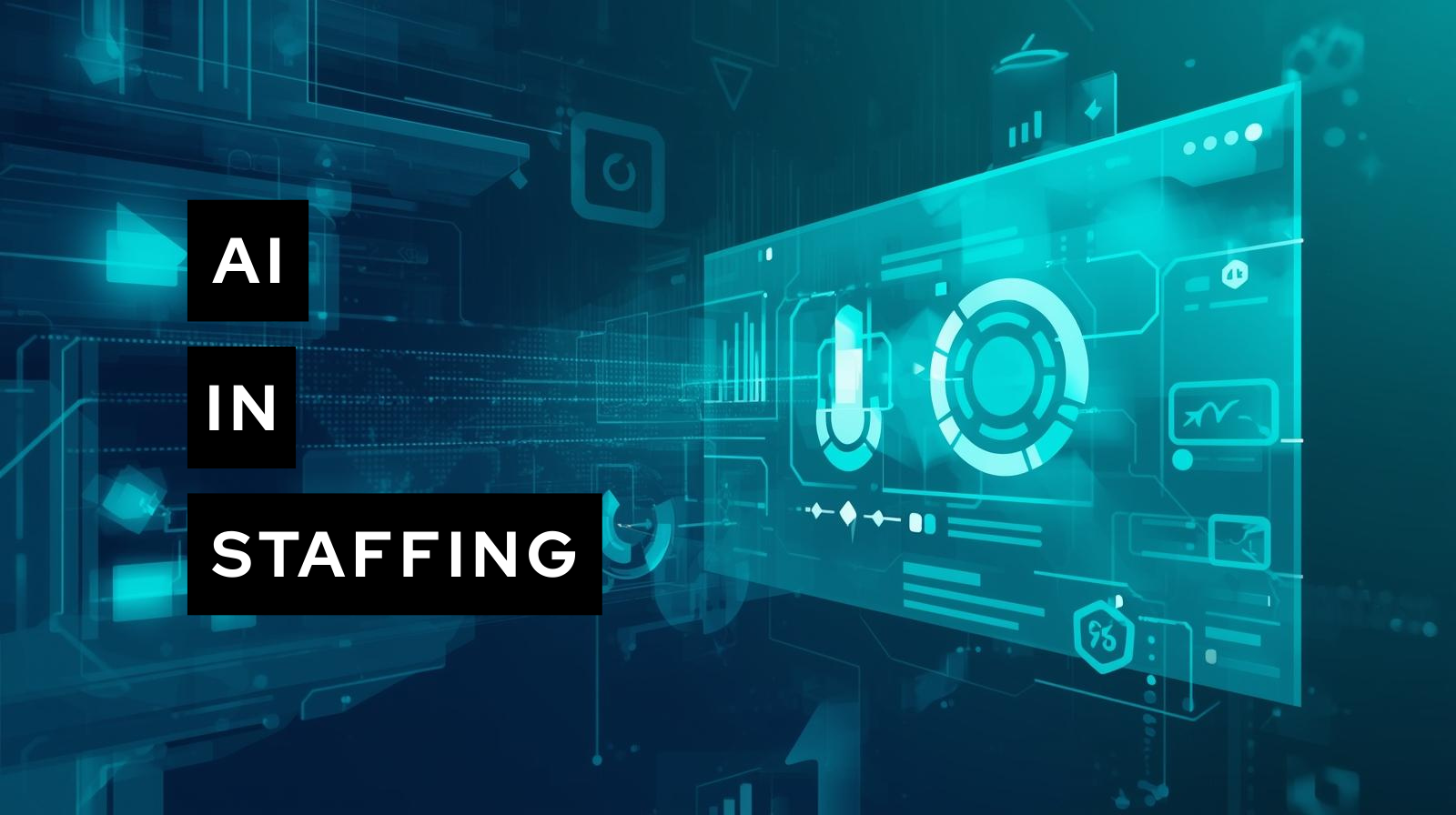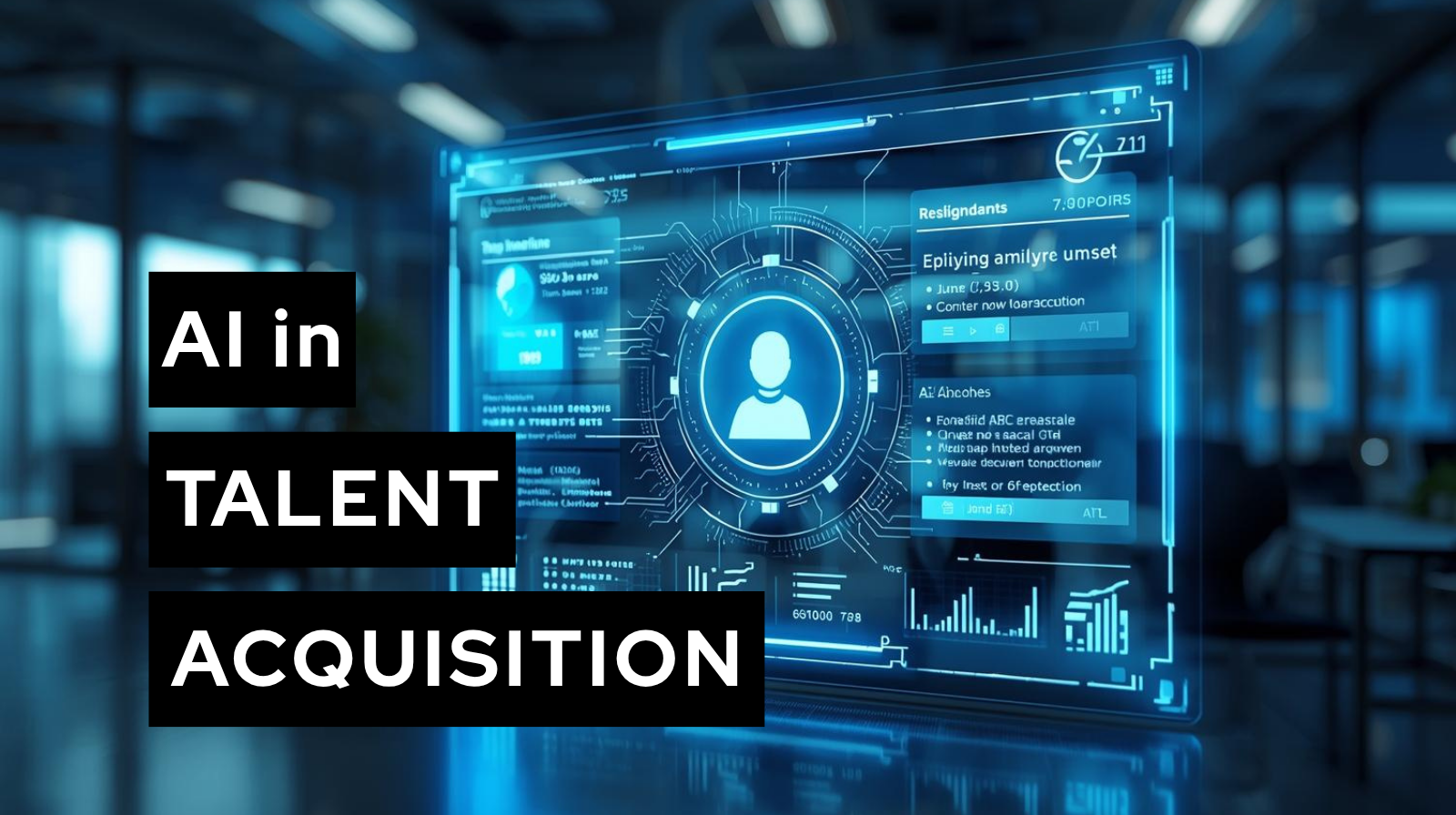
Make talent quality your leading analytic with skills-based hiring solution.

Early-stage interviews are where most hiring processes start to slow down. Recruiters spend hours coordinating calendars, only to have conversations that don’t always produce consistent results. For candidates, the process can feel rushed and inflexible, with little room to put their best foot forward.
One-way video interview software is a format where candidates record responses to pre-set questions on their own time, and recruiters review those recordings later. Unlike a live conversation, it removes scheduling barriers while giving every candidate a consistent experience.
Research from Lighthouse Research & Advisory found that 74% of employers using on-demand video interviews reduced time-to-hire, while 67% said they improved candidate experience. With numbers like that, it’s no surprise more companies are making one-way video a standard part of screening.
Glider AI takes the format further by adding structure, AI proctoring, and candidate-friendly design, turning one-way video into a tool for both speed and insight.

The goal of a one-way video interview isn’t to replace a conversation. It’s to make early screening more consistent, efficient, and fair.
The process is simple, but the impact is big:
By shifting the “live” element to on-demand, companies save time while still gathering meaningful insights into each applicant.
Not all one-way video tools are created equal. Many platforms simply record responses and stop there, leaving recruiters with piles of unstructured videos to sort through. Glider AI is built differently. It combines flexibility for candidates with the structure and intelligence recruiters need to make confident decisions at scale. That means built-in proctoring to protect integrity, AI-powered insights to reduce time spent on reviews, and branding tools that give candidates a clear view of your culture.
Here’s what sets Glider AI One-Way Video Interview Software apart:
| On-Demand Flexibility | Candidates record anytime, recruiters review when it fits. |
| Candidate-Friendly Design | Clear instructions and practice questions reduce anxiety. |
| Structured & Fair | Standardized prompts and timed responses keep comparisons consistent. |
| AI Proctoring | Confirms identity and flags suspicious behavior. |
| Showcase Communication Skills | Assess presence, clarity, and confidence. |
| Employer Branding | Add custom intro videos and prompts to highlight your culture. |
| Collaboration Tools | Recordings can be shared and rated across the hiring team. |
| AI-Generated Insights | Automated notes and summaries accelerate decision-making. |
When done right, one-way video isn’t just about efficiency — it’s about improving the quality of early-stage decisions.
What is the purpose of a one-way video interview?
To make early-stage screening faster, fairer, and more consistent for both candidates and recruiters.
Are one-way video interviews fair for candidates?
Yes. When structured properly, every candidate receives the same questions and is evaluated on the same criteria, reducing bias.
Do candidates like one-way video interviews?
Most appreciate the flexibility. Surveys show candidates are more likely to complete interviews when they can do it on their own time.
How secure are one-way video interviews?
With AI proctoring and ID verification, Glider AI ensures interviews are authentic and tamper-free.

Is holiday season capitalized? When you type “holiday season” into a document, you might pause and wonder about the proper formatting. The answer is no, not unless it begins a sentence. But that simple question opens the door to a much bigger conversation about what the holiday season actually means. For some, it’s a time […]

Staffing has always been about matching people to the right job at the right time. Recruiters spend hours reviewing resumes, scheduling calls, and keeping track of candidates who may or may not be a fit. The work is important, but it can also be slow and tiring, especially when hiring needs suddenly increase. Today, AI […]

Recruiting top talent has never been simple. Resumes pile up, screening calls take hours, and interviews often stretch hiring timelines. Even with digital tools, the process can feel fragmented. That is where AI in talent acquisition is quietly reshaping how companies identify, assess, and engage talent. It does not replace recruiters but gives them the […]